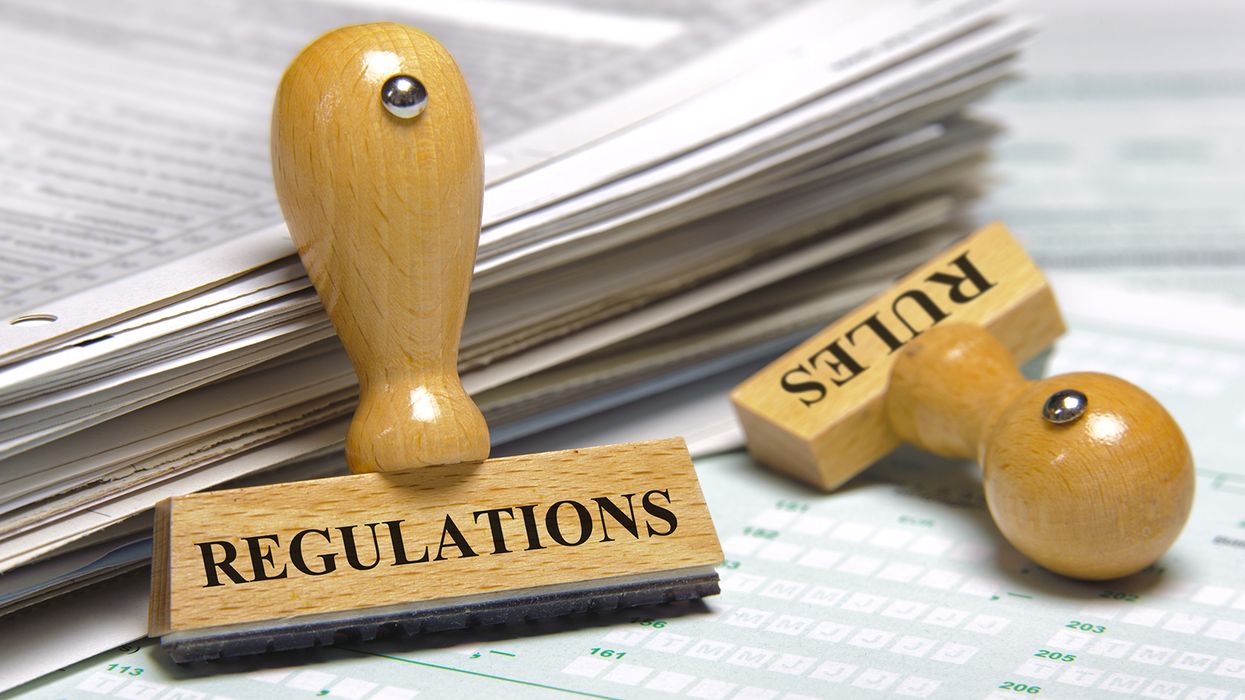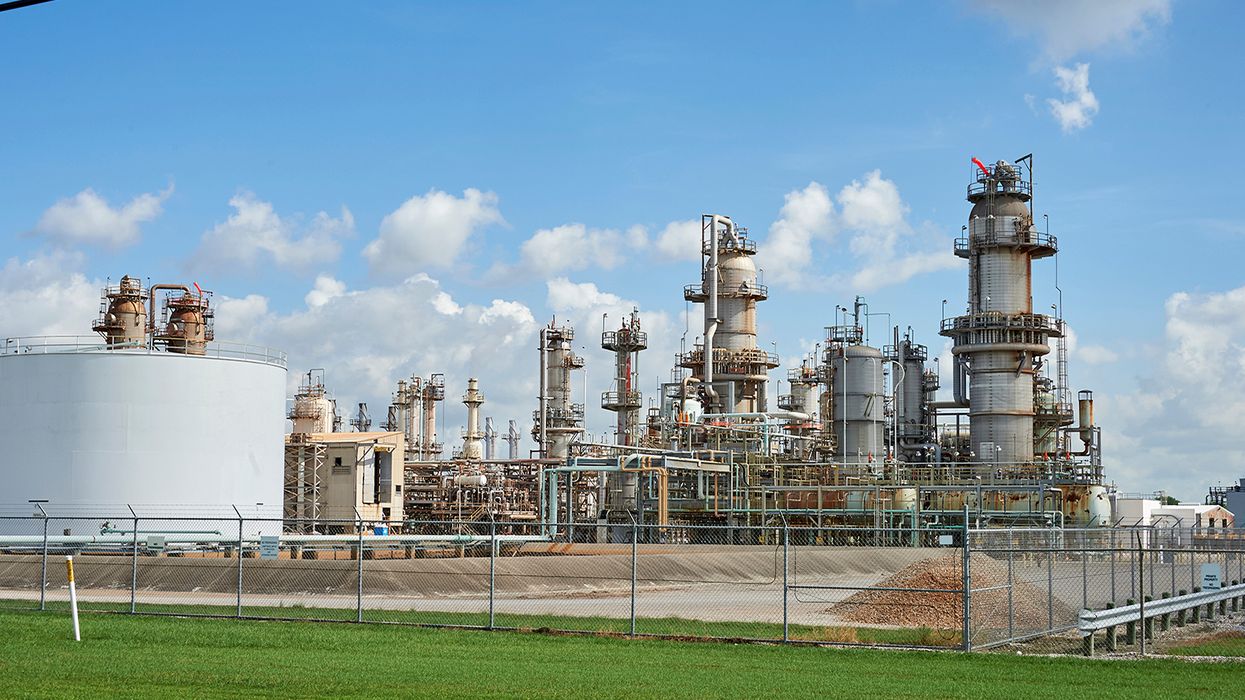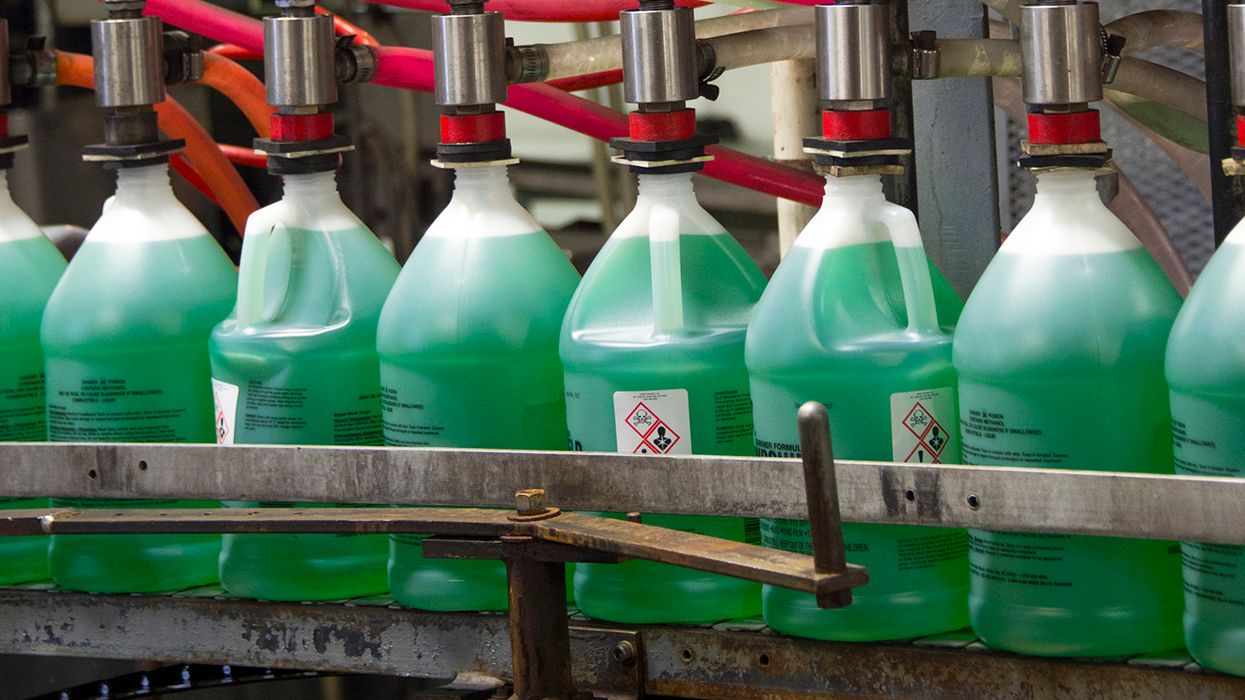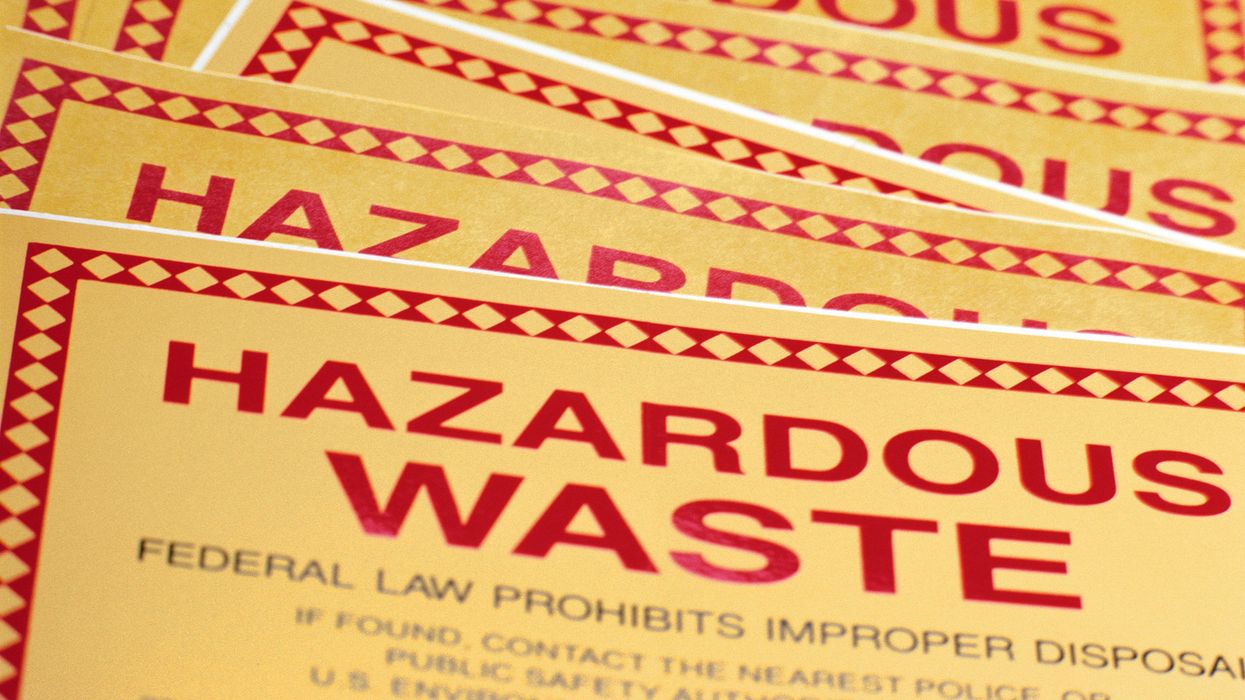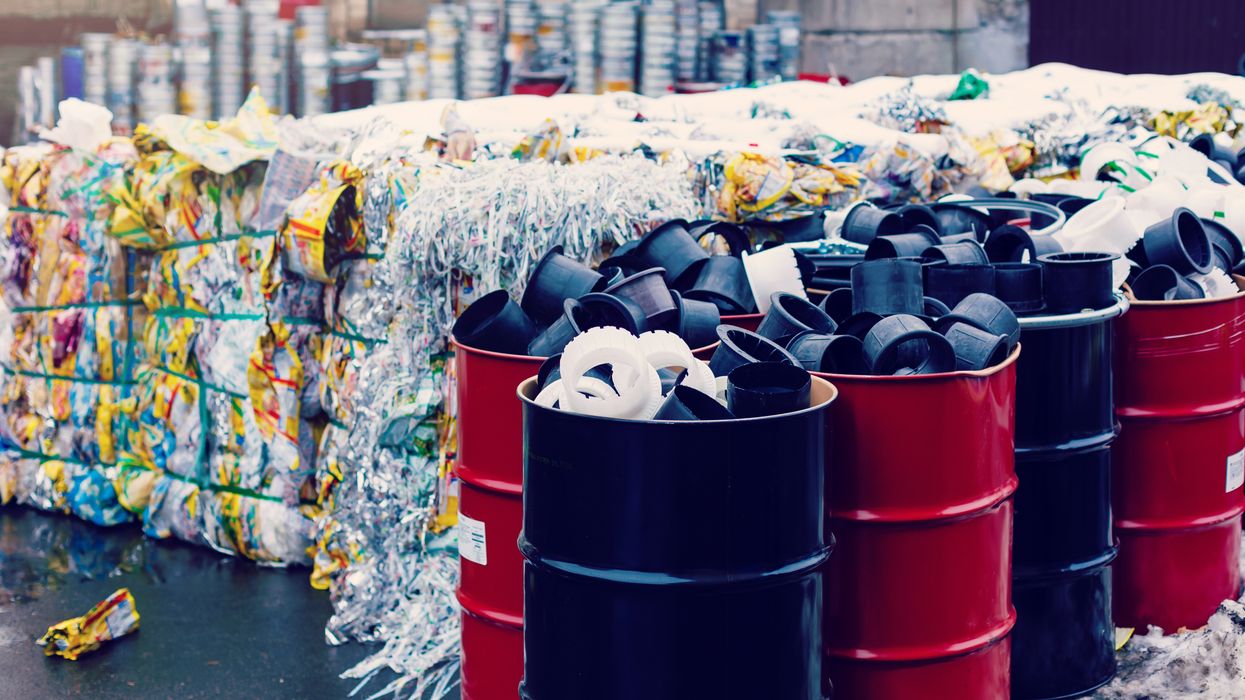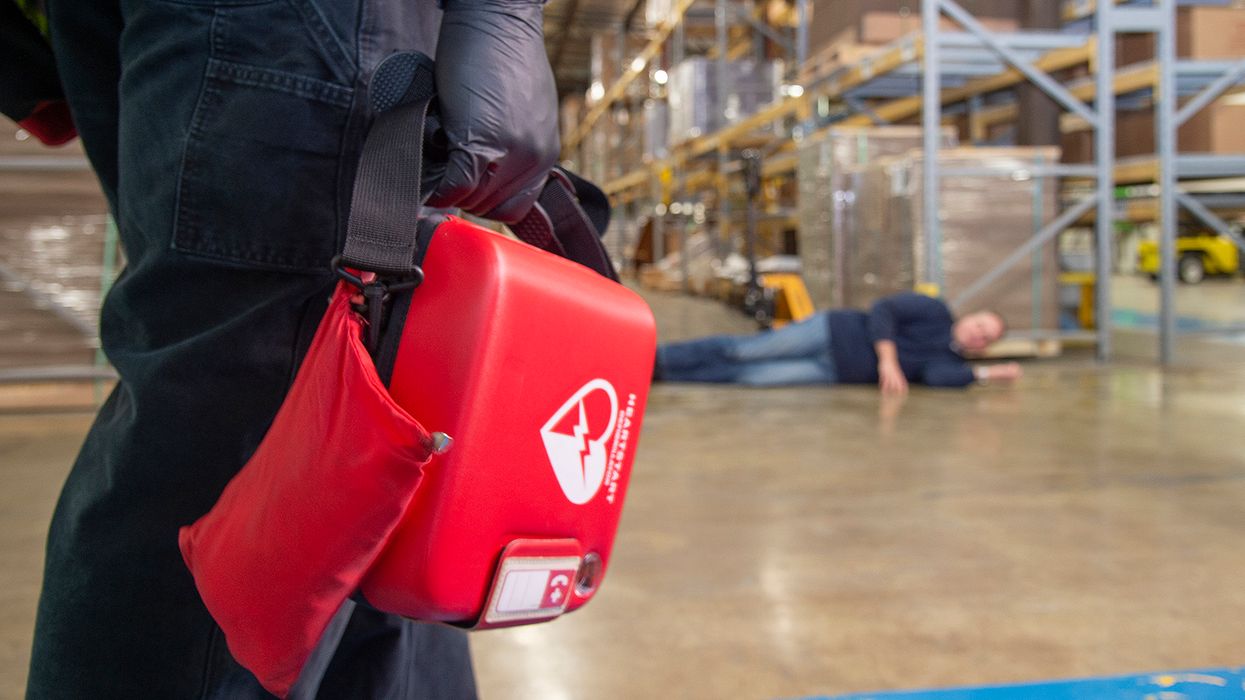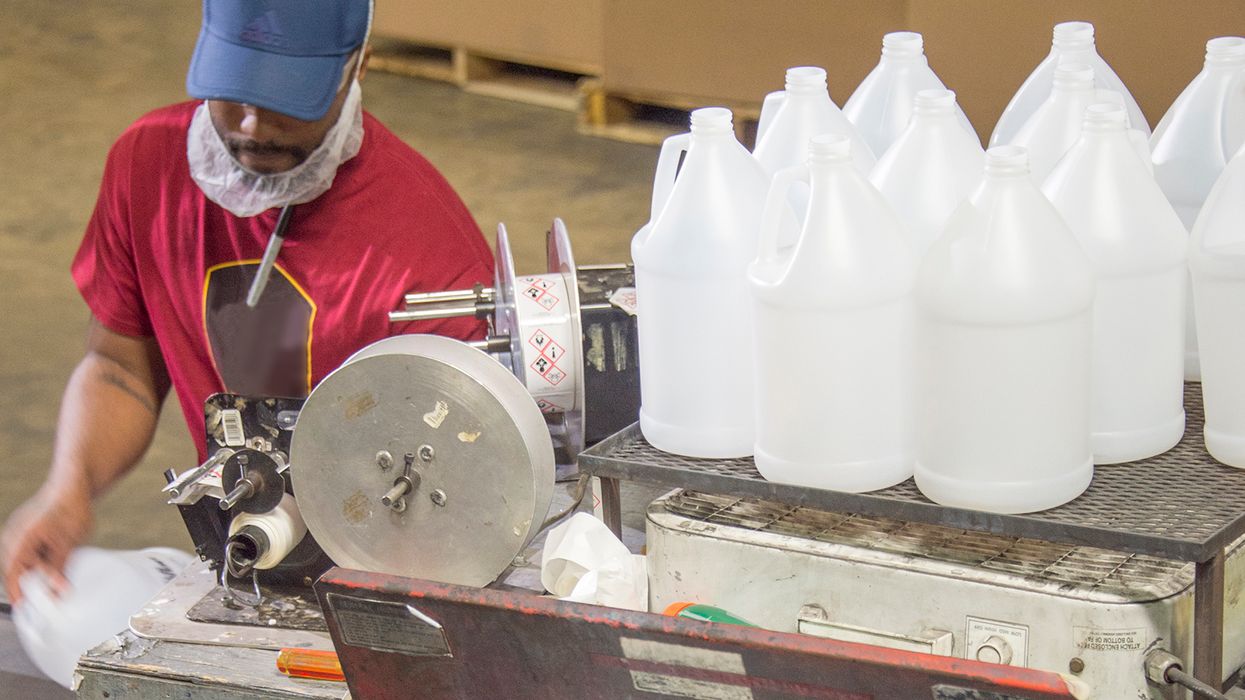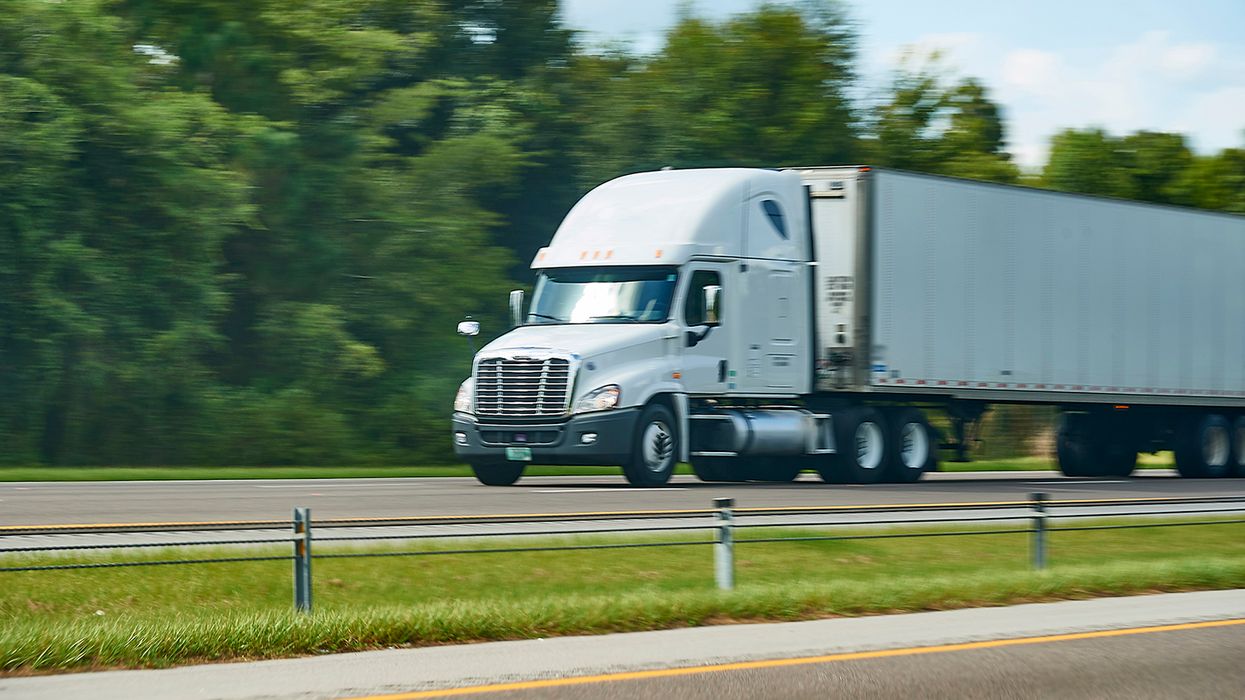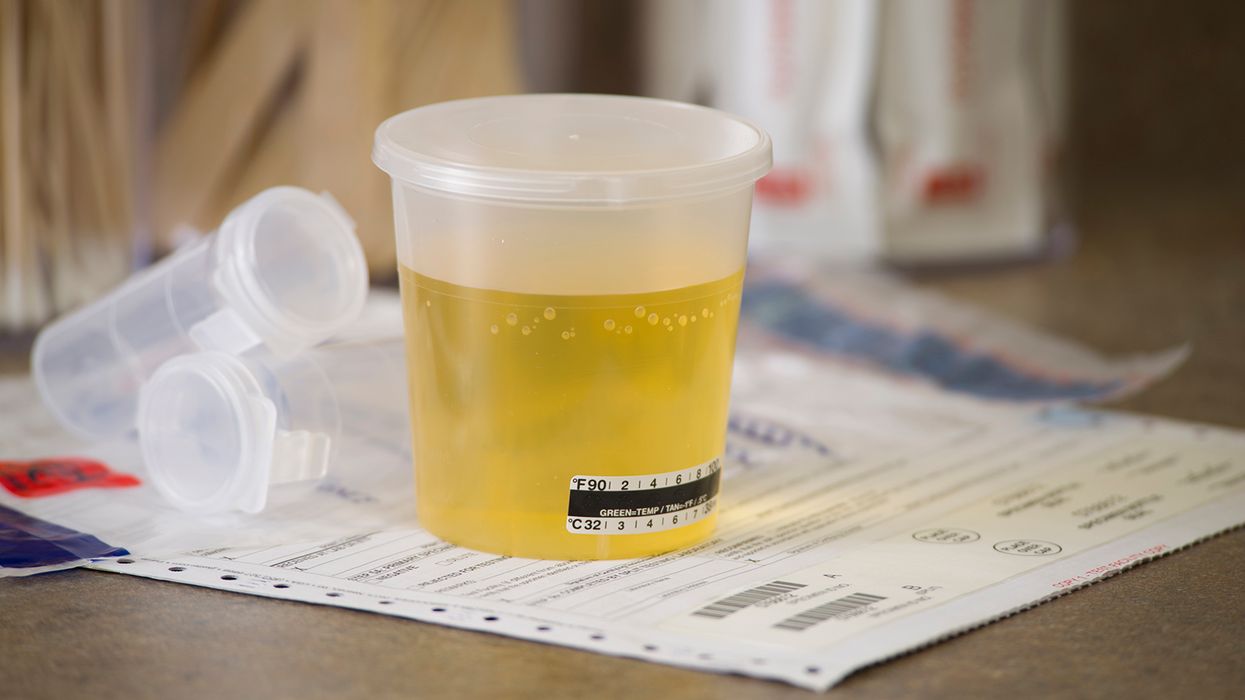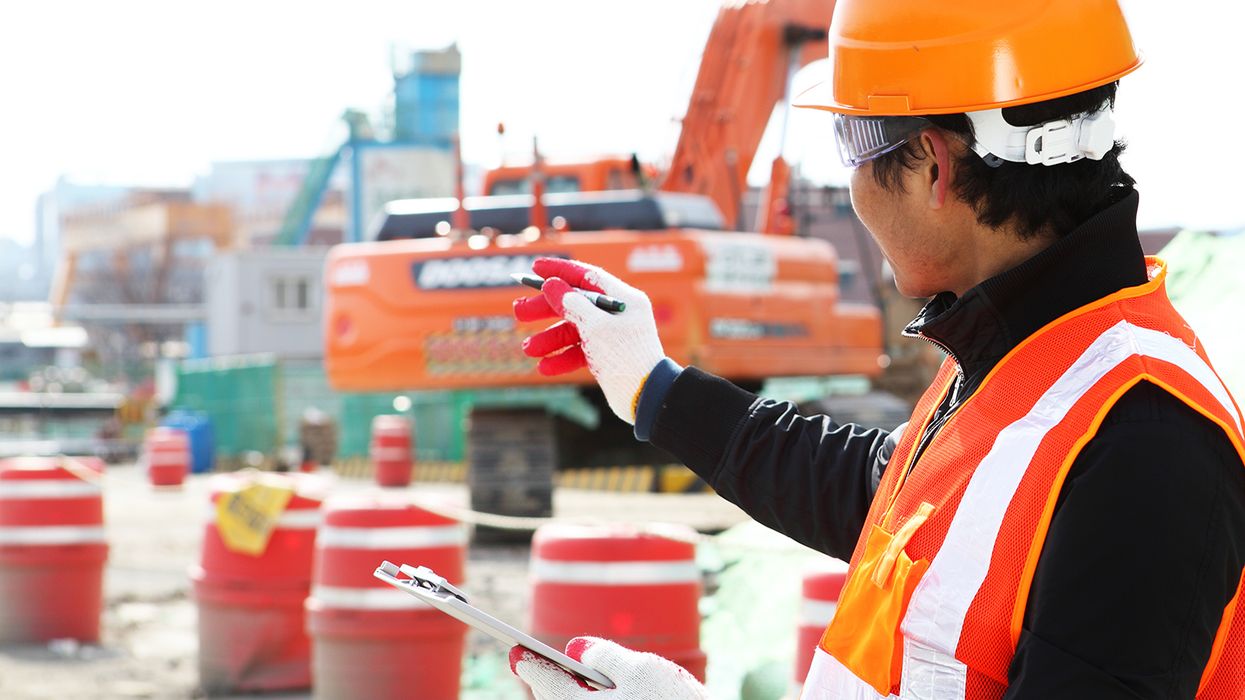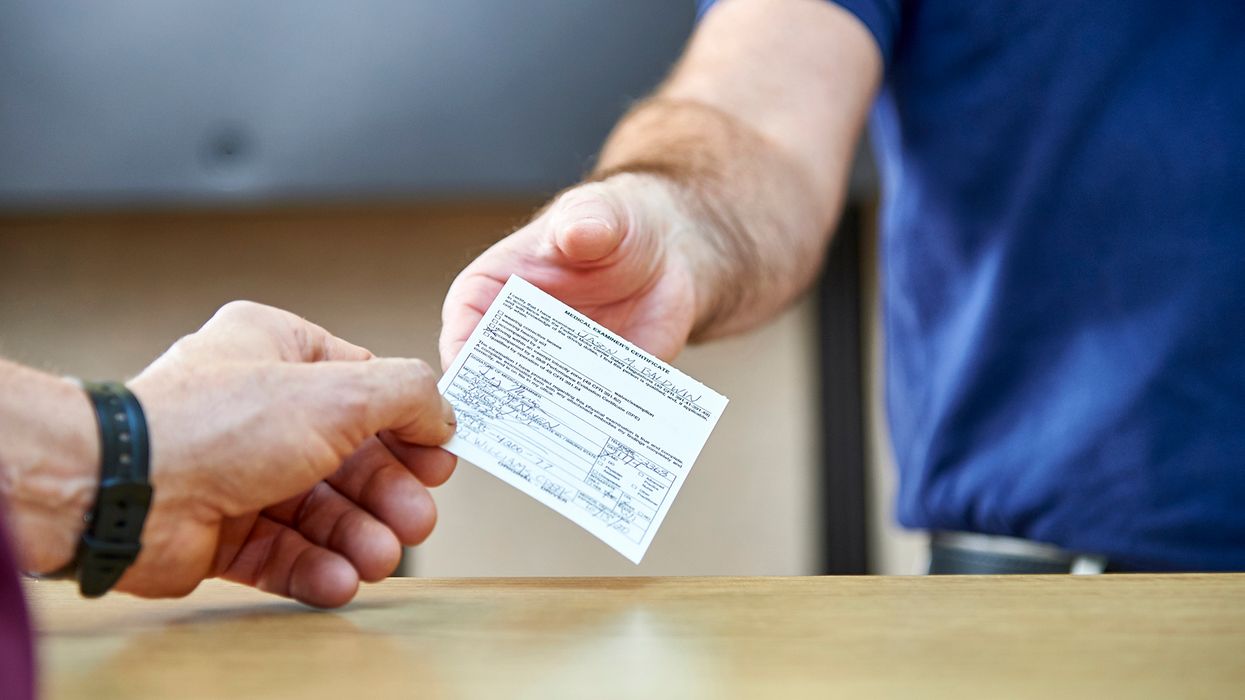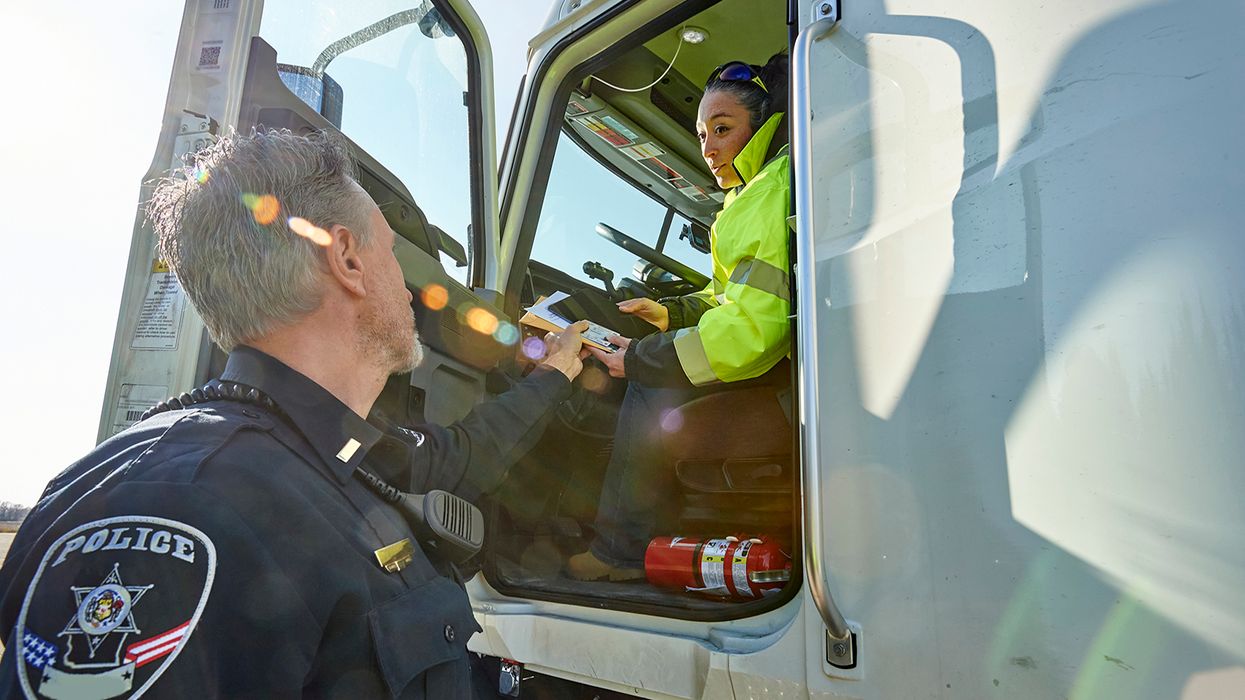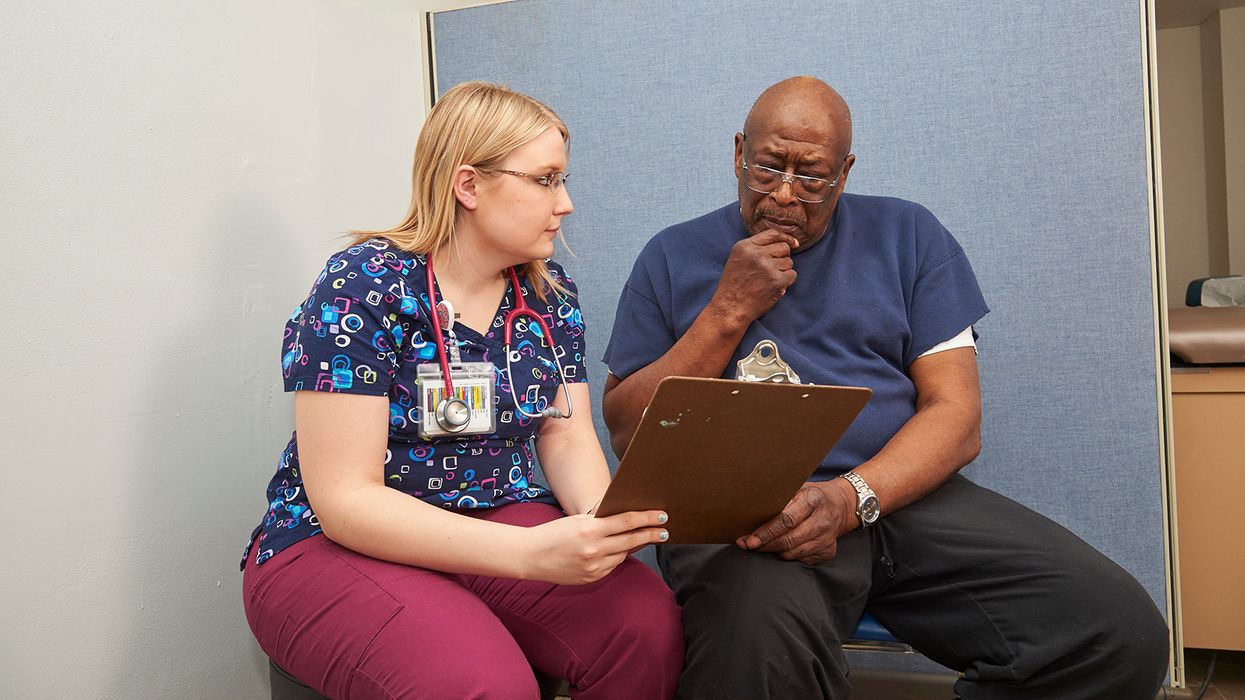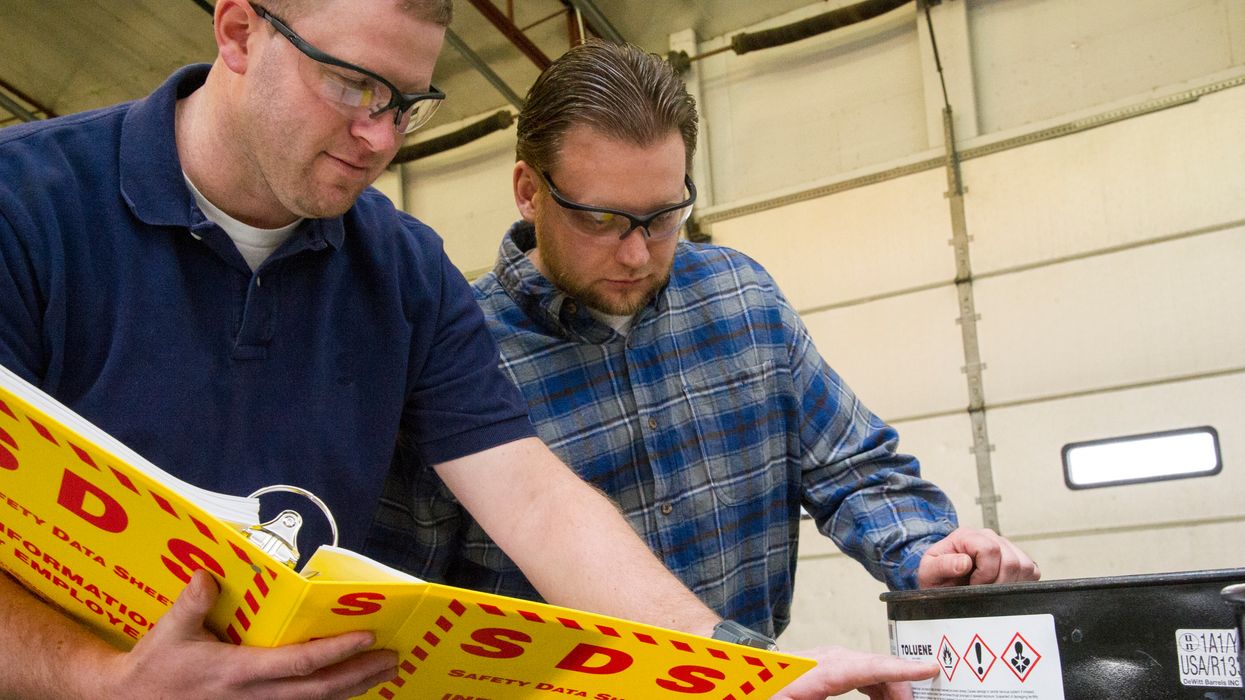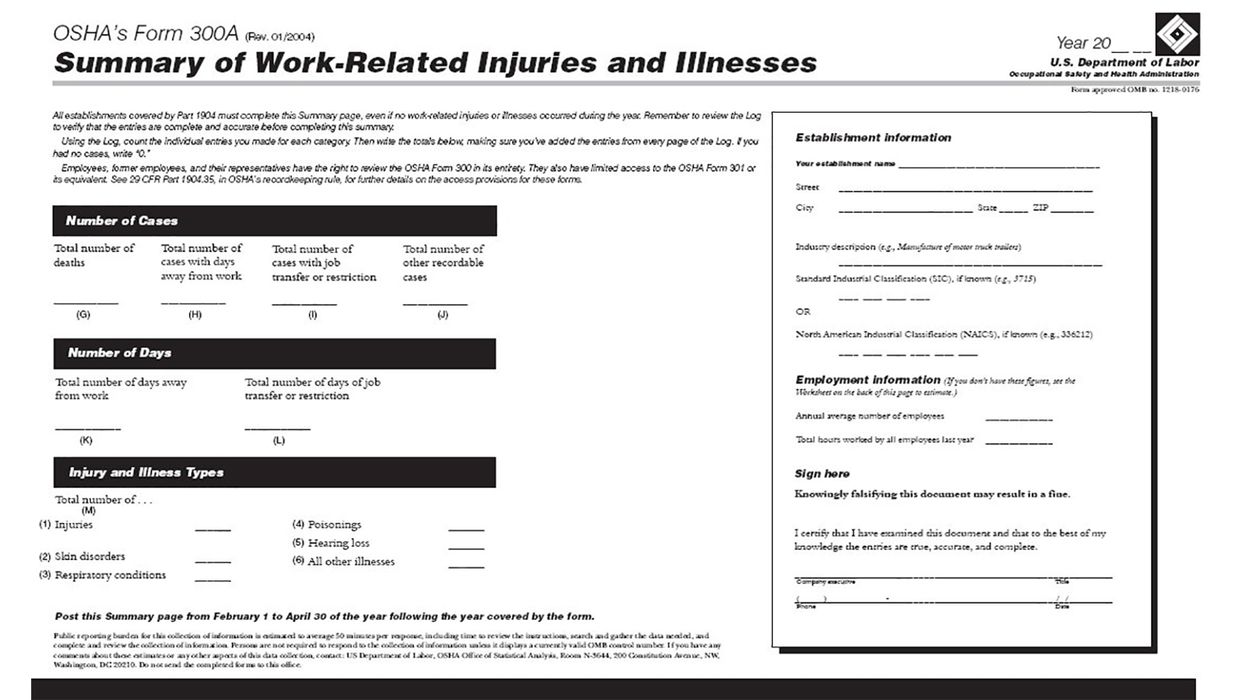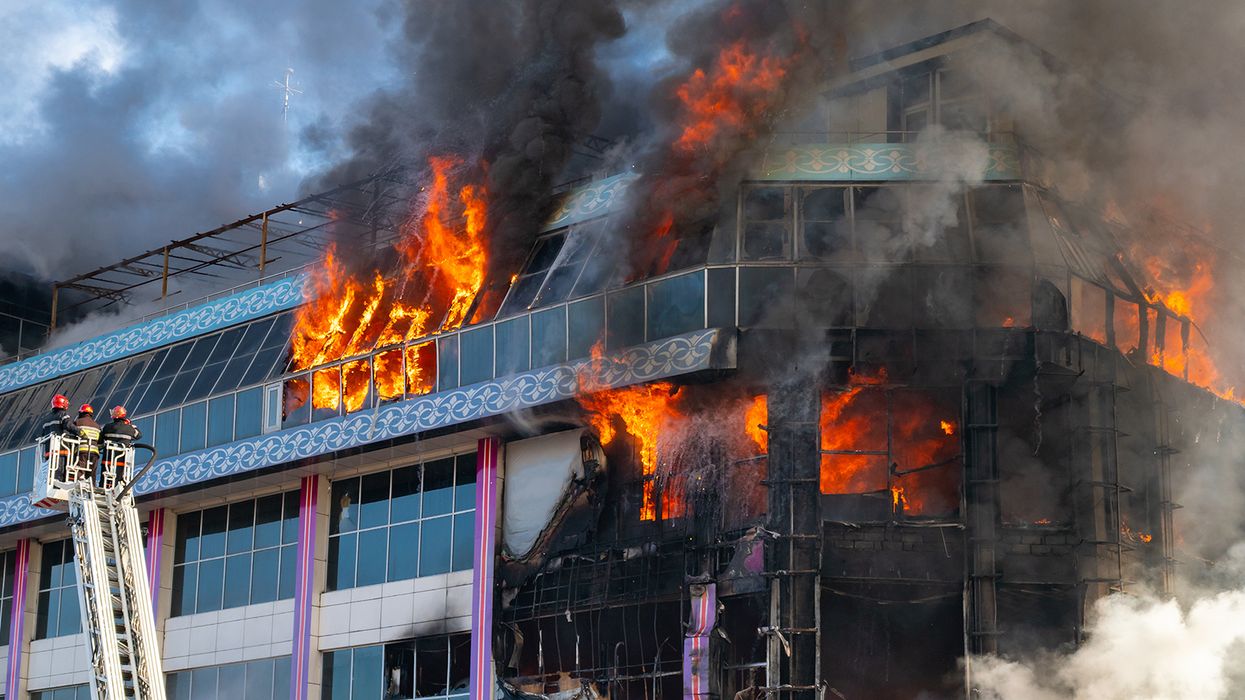86 FR 62917 Significant New Use Rules on Certain Chemical Substances (20-10.B)
ENVIRONMENTAL PROTECTION AGENCY
40 CFR Parts 9 and 721
[EPA-HQ-OPPT-2020-0497; FRL-8215-01-OCSPP]
RIN 2070-AB27
Significant New Use Rules on Certain Chemical Substances (20-10.B)
AGENCY: Environmental Protection Agency (EPA).
ACTION: Final rule.
SUMMARY: EPA is issuing significant new use rules (SNURs) under the Toxic Substances Control Act (TSCA) for chemical substances which were the subject of premanufacture notices (PMNs). This action requires persons to notify EPA at least 90 days before commencing manufacture (defined by statute to include import) or processing of any of these chemical substances for an activity that is designated as a significant new use by this rule. This action further requires that persons not commence manufacture or processing for the significant new use until they have submitted a Significant New Use Notice (SNUN), EPA has conducted a review of the notice, made an appropriate determination on the notice, and has taken any risk management actions as are required as a result of that determination.
DATES: This rule is effective on January 14, 2022. For purposes of judicial review, this rule shall be promulgated at 1 p.m. (e.s.t.) on November 29, 2021.
FOR FURTHER INFORMATION CONTACT:
For technical information contact: William Wysong, New Chemicals Division (7405M), Office of Pollution Prevention and Toxics, Environmental Protection Agency, 1200 Pennsylvania Ave. NW, Washington, DC 20460-0001; telephone number: (202) 564-4163; email address: wysong.william@epa.gov.
For general information contact: The TSCA-Hotline, ABVI-Goodwill, 422 South Clinton Ave., Rochester, NY 14620; telephone number: (202) 554-1404; email address: TSCA-Hotline@epa.gov.
SUPPLEMENTARY INFORMATION:
I. General Information
A. Does this action apply to me?
You may be potentially affected by this action if you manufacture, process, or use the chemical substances contained in this rule. The following list of North American Industrial Classification System (NAICS) codes is not intended to be exhaustive, but rather provides a guide to help readers determine whether this document applies to them. Potentially affected entities may include:
- Manufacturers or processors of one or more subject chemical substances (NAICS codes 325 and 324110), e.g., chemical manufacturing and petroleum refineries.
This action may also affect certain entities through pre-existing import certification and export notification rules under TSCA, which would include the SNUR requirements. Chemical importers are subject to the TSCA section 13 (15 U.S.C. 2612) import provisions. The EPA policy in support of import certification appears at 40 CFR part 707, subpart B. In addition, pursuant to 40 CFR 721.20, any persons who export or intend to export a chemical substance that is the subject of this rule are subject to the export notification provisions of TSCA section 12(b) (15 U.S.C. 2611(b)), and must comply with the export notification requirements in 40 CFR part 707, subpart D.
B. How can I access the docket?
The docket includes information considered by the Agency in developing the proposed and final rules. The docket for this action, identified by docket identification (ID) number EPA-HQ-OPPT-2020-0497, is available at https://www.regulations.gov and at the Office of Pollution Prevention and Toxics Docket (OPPT Docket), Environmental Protection Agency Docket Center (EPA/DC), West William Jefferson Clinton Bldg., Rm. 3334, 1301 Constitution Ave. NW, Washington, DC. The Public Reading Room is open from 8:30 a.m. to 4:30 p.m., Monday through Friday, excluding legal holidays. The telephone number for the Public Reading Room is (202) 566-1744, and the telephone number for the OPPT Docket is (202) 566-0280. Please review the visitor instructions and additional information about the docket available at https://www.epa.gov/dockets.
Due to the public health emergency, the EPA Docket Center (EPA/DC) and Reading Room is closed to visitors with limited exceptions. The staff continues to provide remote customer service via email, phone, and webform. For the latest status information on EPA/DC services and docket access, visit https://www.epa.gov/dockets.
II. Background
A. What action is the Agency taking?
EPA is finalizing SNURs under TSCA section 5(a)(2) for chemical substances which were the subject of PMNs P-18-289, P-18-330, P-18-334, P-18-335, and P-18-337. These SNURs require persons who intend to manufacture or process any of these chemical substances for an activity that is designated as a significant new use to notify EPA at least 90 days before commencing that activity.
Previously, in the Federal Register of October 20, 2020 (85 FR 66506) (FRL-10015-28), EPA proposed SNURs for these chemical substances. More information on the specific chemical substances subject to this final rule can be found in the Federal Register document proposing the SNURs. The docket includes information considered by the Agency in developing the proposed and final rules, including public comments and EPA's responses to the public comments received on the proposed rules, as described in Unit IV.
B. What is the Agency's authority for taking this action?
TSCA section 5(a)(2) (15 U.S.C. 2604(a)(2)) authorizes EPA to determine that a use of a chemical substance is a “significant new use.” EPA must make this determination by rule after considering all relevant factors, including the four TSCA section 5(a)(2) factors listed in Unit III.
C. Do the SNUR general provisions apply?
General provisions for SNURs appear in 40 CFR part 721, subpart A. These provisions describe persons subject to the rule, recordkeeping requirements, exemptions to reporting requirements, and applicability of the rule to uses occurring before the effective date of the rule. Provisions relating to user fees appear at 40 CFR part 700. Pursuant to 40 CFR 721.1(c), persons subject to these SNURs must comply with the same SNUN requirements and EPA regulatory procedures as submitters of PMNs under TSCA section 5(a)(1)(A). In particular, these requirements include the information submission requirements of TSCA sections 5(b) and 5(d)(1), the exemptions authorized by TSCA sections 5(h)(1), 5(h)(2), 5(h)(3), and 5(h)(5) and the regulations at 40 CFR part 720. Once EPA receives a SNUN, EPA must either determine that the significant new use is not likely to present an unreasonable risk of injury or take such regulatory action as is associated with an alternative determination before manufacture or processing for the significant new use can commence. If EPA determines that the significant new use is not likely to present an unreasonable risk, EPA is required under TSCA section 5(g) to make public, and submit for publication in the Federal Register , a statement of EPA's findings.
III. Significant New Use Determination
A. Determination Factors
TSCA section 5(a)(2) states that EPA's determination that a use of a chemical substance is a significant new use must be made after consideration of all relevant factors, including:
- The projected volume of manufacturing and processing of a chemical substance.
- The extent to which a use changes the type or form of exposure of human beings or the environment to a chemical substance.
- The extent to which a use increases the magnitude and duration of exposure of human beings or the environment to a chemical substance.
- The reasonably anticipated manner and methods of manufacturing, processing, distribution in commerce, and disposal of a chemical substance.
In determining what would constitute a significant new use for the chemical substances that are the subject of these SNURs, EPA considered relevant information about the toxicity of the chemical substances, and potential human exposures and environmental releases that may be associated with the substances, in the context of the four bulleted TSCA section 5(a)(2) factors listed in this unit. During its review of these chemicals, EPA identified certain conditions of use that are not intended by the submitters, but reasonably foreseen to occur. EPA is designating those reasonably foreseen conditions of use as well as certain other circumstances of use as significant new uses.
B. Procedures for Significant New Uses Claimed as Confidential Business Information (CBI)
By this rule, EPA is establishing certain significant new uses which have been claimed as CBI subject to Agency confidentiality regulations at 40 CFR part 2 and 40 CFR part 720, subpart E. Absent a final determination or other disposition of the confidentiality claim under 40 CFR part 2 procedures, EPA is required to keep this information confidential. EPA promulgated a procedure to deal with the situation where a specific significant new use is CBI, at 40 CFR 721.1725(b)(1) and has referenced it to apply to other SNURs.
Under these procedures a manufacturer or processor may request EPA to determine whether a specific use would be a significant new use under the rule. The manufacturer or processor must show that it has a bona fide intent to manufacture or process the chemical substance and must identify the specific use for which it intends to manufacture or process the chemical substance. If EPA concludes that the person has shown a bona fide intent to manufacture or process the chemical substance, EPA will tell the person whether the use identified in the bona fide submission would be a significant new use under the rule. Since most of the chemical identities of the chemical substances subject to these SNURs are also CBI, manufacturers and processors can combine the bona fide submission under the procedure in 40 CFR 721.1725(b)(1) with that under 40 CFR 721.11 into a single step.
If EPA determines that the use identified in the bona fide submission would not be a significant new use, i.e., the use does not meet the criteria specified in the rule for a significant new use, that person can manufacture or process the chemical substance so long as the significant new use trigger is not met. In the case of a production volume trigger, this means that the annual production volume limit is not exceeded by the amount identified in the bona fide submission to EPA. Because of confidentiality concerns, EPA does not typically disclose the actual production volume that constitutes the use trigger. Thus, if the person later intends to exceed that volume, a new bona fide submission would be necessary to determine whether that higher volume would be a significant new use.
IV. Public Comments
EPA received a public comment from one identifying entity on the proposed rule. The Agency's response is described in a separate Response to Public Comments document that is available in the public docket for this rulemaking. In addition, EPA received three anonymous comments. They were either general in nature and did not pertain to the proposed rule or were broadly supportive of the rule and requested no changes to the rule itself; therefore, no response is required. EPA made no changes to the final rule based on these comments.
V. Substances Subject to This Rule
EPA is establishing significant new use and recordkeeping requirements for chemical substances in 40 CFR part 721, subpart E. In Unit IV. of the proposed SNUR, EPA provided the following information for each chemical substance:
- PMN number.
- Chemical name (generic name, if the specific name is claimed as CBI).
- Chemical Abstracts Service (CAS) Registry number (if assigned for non-confidential chemical identities).
- Basis for the SNUR.
- Potentially useful information.
- CFR citation assigned in the regulatory text section of this final rule.
The regulatory text section of these rules specifies the activities designated as significant new uses. Certain new uses, including production volume limits and other uses designated in the rules, may be claimed as CBI.
VI. Rationale and Objectives of the Rule
A. Rationale
During review of the PMNs submitted for the chemical substances that are the subject of these SNURs and as further discussed in Unit IV. of the proposed rule, EPA identified certain other reasonably foreseen conditions of use in addition to those conditions of use intended by the submitter. EPA has determined that the chemical under the intended conditions of use is not likely to present an unreasonable risk. However, EPA has not assessed risks associated with the reasonably foreseen conditions of use. EPA is designating these conditions of use as well as certain other circumstances of use as significant new uses. As a result, those significant new uses cannot occur without going through a separate, subsequent EPA review and determination process associated with a SNUN.
B. Objectives
EPA is issuing these SNURs because the Agency wants:
- To have an opportunity to review and evaluate data submitted in a SNUN before the notice submitter begins manufacturing or processing a listed chemical substance for the described significant new use.
- To be obligated to make a determination under TSCA section 5(a)(3) regarding the use described in the SNUN, under the conditions of use. The Agency will either determine under section 5(a)(3)(C) that the significant new use is not likely to present an unreasonable risk, including an unreasonable risk to a potentially exposed or susceptible subpopulation identified as relevant by the Administrator under the conditions of use, or make a determination under TSCA section 5(a)(3)(A) or (B) and take the required regulatory action associated with the determination, before manufacture or processing for the significant new use of the chemical substance can occur.
- To be able to complete its review and determination on each of the PMN substances, while deferring analysis on the significant new uses proposed in these rules unless and until the Agency receives a SNUN.
Issuance of a SNUR for a chemical substance does not signify that the chemical substance is listed on the TSCA Inventory. Guidance on how to determine if a chemical substance is on the TSCA Inventory is available on the internet at https://www.epa.gov/tsca-inventory.
VII. Applicability of the Rules to Uses Occurring Before the Effective Date of the Final Rule
To establish a significant new use, EPA must determine that the use is not ongoing. The chemical substances subject to this rule were undergoing premanufacture review at the time of signature of the proposed rule and were not on the TSCA inventory. In cases where EPA has not received a notice of commencement (NOC) and the chemical substance has not been added to the TSCA Inventory, no person may commence such activities without first submitting a PMN. Therefore, for the chemical substances subject to these SNURs, EPA concluded at the time of signature of the proposed rule that the designated significant new uses were not ongoing.
EPA designated October 7, 2020 (the date of web posting of the proposed rule) as the cutoff date for determining whether the new use is ongoing. The objective of EPA's approach is to ensure that a person cannot defeat a SNUR by initiating a significant new use before the effective date of the final rule.
Persons who began commercial manufacture or processing of the chemical substances for a significant new use identified on or after that date will have to cease any such activity upon the effective date of the final rule. To resume their activities, these persons would have to first comply with all applicable SNUR notification requirements and EPA would have to take action under TSCA section 5 allowing manufacture or processing to proceed.
VIII. Development and Submission of Information
EPA recognizes that TSCA section 5 does not require development of any particular new information (e.g., generating test data) before submission of a SNUN. There is an exception: If a person is required to submit information for a chemical substance pursuant to a rule, Order or consent agreement under TSCA section 4, then TSCA section 5(b)(1)(A) requires such information to be submitted to EPA at the time of submission of the SNUN.
In the absence of a rule, Order, or consent agreement under TSCA section 4 covering the chemical substance, persons are required only to submit information in their possession or control and to describe any other information known to or reasonably ascertainable by them (see 40 CFR 720.50). However, upon review of PMNs and SNUNs, the Agency has the authority to require appropriate testing. Unit IV. of the proposed rule lists potentially useful information for all SNURs listed here. Descriptions are provided for informational purposes. The potentially useful information identified in Unit IV. of the proposed rule will be useful to EPA's evaluation in the event that someone submits a SNUN for the significant new use. Companies who are considering submitting a SNUN are encouraged, but not required, to develop the information on the substance, which may assist with EPA's analysis of the SNUN.
EPA strongly encourages persons, before performing any testing, to consult with the Agency pertaining to protocol election. Furthermore, pursuant to TSCA section 4(h), which pertains to reduction of testing in vertebrate animals, EPA encourages consultation with the Agency on the use of alternative test methods and strategies (also called New Approach Methodologies, or NAMs), if available, to generate the recommended test data. EPA encourages dialog with Agency representatives to help determine how best the submitter can meet both the data needs and the objective of TSCA section 4(h). For more information on alternative test methods and strategies to reduce vertebrate animal testing, visit https://www.epa.gov/assessing-and-managing-chemicals-under-tsca/alternative-test-methods-and-strategies-reduce.
The potentially useful information described in Unit IV. of the proposed rule may not be the only means of providing information to evaluate the chemical substance associated with the significant new uses. However, submitting a SNUN without any test data may increase the likelihood that EPA will take action under TSCA sections 5(e) or 5(f). EPA recommends that potential SNUN submitters contact EPA early enough so that they will be able to conduct the appropriate tests.
SNUN submitters should be aware that EPA will be better able to evaluate SNUNs which provide detailed information on the following:
- Human exposure and environmental release that may result from the significant new use of the chemical substances.
IX. SNUN Submissions
According to 40 CFR 721.1(c), persons submitting a SNUN must comply with the same notification requirements and EPA regulatory procedures as persons submitting a PMN, including submission of test data on health and environmental effects as described in 40 CFR 720.50. SNUNs must be submitted on EPA Form No. 7710-25, generated using e-PMN software, and submitted to the Agency in accordance with the procedures set forth in 40 CFR 720.40 and 721.25. E-PMN software is available electronically at https://www.epa.gov/reviewing-new-chemicals-under-toxic-substances-control-act-tsca.
X. Economic Analysis
EPA has evaluated the potential costs of establishing SNUN requirements for potential manufacturers and processors of the chemical substances subject to this rule. EPA's complete economic analysis is available in the docket for this rulemaking.
XI. Statutory and Executive Order Reviews
Additional information about these statutes and executive orders can be found at https://www.epa.gov/laws-regulations-and-executive-orders.
A. Executive Order 12866: Regulatory Planning and Review and Executive Order 13563: Improving Regulations and Regulatory Review
This action establishes SNURs for new chemical substances that were the subject of PMNs. The Office of Management and Budget (OMB) has exempted these types of actions from review under Executive Orders 12866 (58 FR 51735, October 4, 1993) and 13563 (76 FR 3821, January 21, 2011).
B. Paperwork Reduction Act (PRA)
According to PRA, 44 U.S.C. 3501 et seq., an agency may not conduct or sponsor, and a person is not required to respond to a collection of information that requires OMB approval under PRA, unless it has been approved by OMB and displays a currently valid OMB control number. The OMB control numbers for EPA's regulations in title 40 of the CFR, after appearing in the Federal Register, are listed in 40 CFR part 9, and included on the related collection instrument or form, if applicable.
The information collection requirements related to this action have already been approved by OMB pursuant to PRA under OMB control number 2070-0012 (EPA ICR No. 574). This action does not impose any burden requiring additional OMB approval. If an entity were to submit a SNUN to the Agency, the annual burden is estimated to average between 30 and 170 hours per response. This burden estimate includes the time needed to review instructions, search existing data sources, gather and maintain the data needed, and complete, review, and submit the required SNUN.
The listing of the OMB control numbers of the collection instruments and their subsequent codification in the table in 40 CFR 9.1 satisfies the display requirements of the PRA and OMB's implementing regulations at 5 CFR part 1320. Since this ICR was previously subject to public notice and comment prior to OMB approval, and given the technical nature of the table in 40 CFR part 9, EPA finds that further notice and comment to amend it is unnecessary. As a result, EPA finds that there is “good cause” under section 553(b)(3)(B) of the Administrative Procedure Act (5 U.S.C. 553(b)(3)(B)) to amend this table in 40 CFR 9.1 without further notice and comment.
C. Regulatory Flexibility Act (RFA)
Pursuant to RFA section 605(b), 5 U.S.C. 601 et seq., I hereby certify that promulgation of this SNUR would not have a significant adverse economic impact on a substantial number of small entities. The requirement to submit a SNUN applies to any person (including small or large entities) who intends to engage in any activity described in the final rule as a “significant new use.” Because these uses are “new,” based on all information currently available to EPA, it appears that no small or large entities presently engage in such activities. A SNUR requires that any person who intends to engage in such activity in the future must first notify EPA by submitting a SNUN. Although some small entities may decide to pursue a significant new use in the future, EPA cannot presently determine how many, if any, there may be. However, EPA's experience to date is that, in response to the promulgation of SNURs covering over 1,000 chemicals, the Agency receives only a small number of notices per year. For example, the number of SNUNs received was seven in Federal fiscal year (FY) 2013, 13 in FY2014, six in FY2015, 12 in FY2016, 13 in FY2017, and 11 in FY2018. Only a fraction of these were from small businesses. In addition, the Agency currently offers relief to qualifying small businesses by reducing the SNUN submission fee from $16,000 to $2,800. This lower fee reduces the total reporting and recordkeeping of cost of submitting a SNUN to about $10,116 for qualifying small firms. Therefore, the potential economic impacts of complying with this SNUR are not expected to be significant or adversely impact a substantial number of small entities. In a SNUR that published in the Federal Register of June 2, 1997 (62 FR 29684) (FRL-5597-1), the Agency presented its general determination that final SNURs are not expected to have a significant economic impact on a substantial number of small entities, which was provided to the Chief Counsel for Advocacy of the Small Business Administration.
D. Unfunded Mandates Reform Act (UMRA)
Based on EPA's experience with proposing and finalizing SNURs, State, local, and Tribal governments have not been impacted by these rulemakings, and EPA does not have any reasons to believe that any State, local, or Tribal government will be impacted by this action. As such, EPA has determined that this action does not impose any enforceable duty, contain any unfunded mandate, or otherwise have any effect on small governments subject to the requirements of UMRA sections 202, 203, 204, or 205 (2 U.S.C. 1501 et seq. ).
E. Executive Order 13132: Federalism
This action will not have federalism implications because it is not expected to have a substantial direct effect on States, on the relationship between the National Government and the States, or on the distribution of power and responsibilities among the various levels of government, as specified in Executive Order 13132 (64 FR 43255, August 10, 1999).
F. Executive Order 13175: Consultation and Coordination With Indian Tribal Governments
This action will not have Tribal implications because it is not expected to have substantial direct effects on Indian Tribes, significantly or uniquely affect the communities of Indian Tribal governments and does not involve or impose any requirements that affect Indian Tribes. Accordingly, the requirements of Executive Order 13175 (65 FR 67249, November 9, 2000), do not apply to this action.
G. Executive Order 13045: Protection of Children From Environmental Health and Safety Risks
This action is not subject to Executive Order 13045 (62 FR 19885, April 23, 1997), because this is not an economically significant regulatory action as defined by Executive Order 12866, and this action does not address environmental health or safety risks disproportionately affecting children.
H. Executive Order 13211: Actions Concerning Regulations That Significantly Affect Energy Supply, Distribution, or Use
This action is not subject to Executive Order 13211 (66 FR 28355, May 22, 2001), because this action is not a significant regulatory action under Executive Order 12866.
I. National Technology Transfer and Advancement Act (NTTAA)
In addition, since this action does not involve any technical standards, NTTAA section 12(d), 15 U.S.C. 272 note, does not apply to this action.
J. Executive Order 12898: Federal Actions To Address Environmental Justice in Minority Populations and Low-Income Populations
This action does not entail special considerations of environmental justice related issues as delineated by Executive Order 12898 (59 FR 7629, February 16, 1994).
K. Congressional Review Act (CRA)
This action is subject to the CRA, 5 U.S.C. 801 et seq., and EPA will submit a rule report containing this rule and other required information to each House of the Congress and to the Comptroller General of the United States. This action is not a “major rule” as defined by 5 U.S.C. 804(2).
List of Subjects
40 CFR Part 9
Environmental protection, Reporting and recordkeeping requirements.
40 CFR Part 721
Environmental protection, Chemicals, Hazardous substances, Reporting and recordkeeping requirements.
Dated: October 26, 2021.
Tala Henry,
Deputy Director, Office of Pollution Prevention and Toxics.
Therefore, for the reasons stated in the preamble, EPA is amending 40 CFR chapter I as follows:
PART 9—OMB APPROVALS UNDER THE PAPERWORK REDUCTION ACT
1. The authority citation for part 9 continues to read as follows:
Authority:
7 U.S.C. 135 et seq., 136-136y; 15 U.S.C. 2001, 2003, 2005, 2006, 2601-2671; 21 U.S.C. 331j, 346a; 31 U.S.C. 9701; 33 U.S.C. 1251 et seq., 1311, 1313d, 1314, 1318, 1321, 1326, 1330, 1342, 1344, 1345 (d) and (e), 1361; E.O. 11735, 38 FR 21243, 3 CFR, 1971-1975 Comp. p. 973; 42 U.S.C. 241, 242b, 243, 246, 300f, 300g, 300g-1, 300g-2, 300g-3, 300g-4, 300g-5, 300g-6, 300j-1, 300j-2, 300j-3, 300j-4, 300j-9, 1857 et seq., 6901-6992k, 7401-7671q, 7542, 9601-9657, 11023, 11048.
2. In §9.1, amend the table by adding entries for §§721.11561 through 721.11565 in numerical order under the undesignated center heading “Significant New Uses of Chemical Substances” to read as follows:
§9.1
OMB approvals under the Paperwork Reduction Act.
* * * * *
| 40 CFR citation | OMB control No. |
| * * * * * | |
| Significant New Uses of Chemical Substances | |
| * * * * * | |
| 721.11561 | 2070-0012 |
| 721.11562 | 2070-0012 |
| 721.11563 | 2070-0012 |
| 721.11564 | 2070-0012 |
| 721.11565 | 2070-0012 |
| * * * * * | |
* * * * *
PART 721—SIGNIFICANT NEW USES OF CHEMICAL SUBSTANCES
3. The authority citation for part 721 continues to read as follows:
Authority:
15 U.S.C. 2604, 2607, and 2625(c).
4. Add §§721.11561 through 721.11565 to subpart E to read as follows:
Subpart E—Significant New Uses for Specific Chemical Substances
Sec.
* * * * *
§721.11561 2-[2-(methylcarboxymonocyclic)amino)ethoxy]alcohol (generic).
§721.11562 Formaldehyde, polymer with alkyl aryl ketone (generic).
§721.11563 Propanedioic acid, 1,3-dihexyl ester.
§721.11564 Propanedioic acid, 1,3-dicyclohexyl ester.
§721.11565Propanedioic acid, 2,2-bis(hydroxymethyl)-, 1,3-dicyclohexyl ester.
* * * * *
§721.11561 2-[2-(methylcarboxymonocyclic)amino)ethoxy]alcohol (generic).
(a) Chemical substance and significant new uses subject to reporting. (1) The chemical substance identified generically as 2-[2-(methylcarboxymonocyclic)amino)ethoxy]alcohol (generic).(PMN P-18-289) is subject to reporting under this section for the significant new uses described in paragraph (a)(2) of this section.
(2) The significant new uses are:
(i) Industrial, commercial, and consumer activities. Requirements as specified in §721.80(j) and (s). For purposes of §721.80(s), the annual manufacture and importation volume is 80,000 kilograms.
(ii) [Reserved]
(b) Specific requirements. The provisions of subpart A of this part apply to this section except as modified by this paragraph (b).
(1) Recordkeeping. Recordkeeping requirements as specified in §721.125(a) through (c) and (i) are applicable to manufacturers and processors of this substance.
(2) Limitation or revocation of certain notification requirements. The provisions of §721.185 apply to this section.
(3) Determining whether a specific use is subject to this section. The provisions of §721.1725(b)(1) apply to paragraph (a)(2)(i) of this section.
§721.11562 Formaldehyde, polymer with alkyl aryl ketone (generic).
(a) Chemical substance and significant new uses subject to reporting. (1) The chemical substance identified generically as formaldehyde, polymer with alkyl aryl ketone (PMN P-18-330) is subject to reporting under this section for the significant new uses described in paragraph (a)(2) of this section.
(2) The significant new uses are:
(i) Industrial, commercial, and consumer activities. Requirements as specified in §721.80(o).
(ii) Release to water. Requirements as specified in §721.90(a)(4), (b)(4), and (c)(4), where N=770.
(b) Specific requirements. The provisions of subpart A of this part apply to this section except as modified by this paragraph (b).
(1) Recordkeeping. Recordkeeping requirements as specified in §721.125(a) through (c), (i) and (k) are applicable to manufacturers and processors of this substance.
(2) Limitation or revocation of certain notification requirements. The provisions of §721.185 apply to this section.
§721.11563 Propanedioic acid, 1,3-dihexyl ester.
(a) Chemical substance and significant new uses subject to reporting. (1) The chemical substance identified as propanedioic acid, 1,3-dihexyl ester (PMN P-18-334; CAS No. 1431-37-4) is subject to reporting under this section for the significant new uses described in paragraph (a)(2) of this section.
(2) The significant new uses are:
(i) Industrial, commercial, and consumer activities. Requirements as specified in §721.80(g).
(ii) Release to water. Requirements as specified in §721.90(a)(4), (b)(4), and (c)(4), where N=3.
(b) Specific requirements. The provisions of subpart A of this part apply to this section except as modified by this paragraph (b).
(1) Recordkeeping. Recordkeeping requirements as specified in §721.125(a) through (c), (i) and (k) are applicable to manufacturers and processors of this substance.
(2) Limitation or revocation of certain notification requirements. The provisions of §721.185 apply to this section.
§721.11564 Propanedioic acid, 1,3-dicyclohexyl ester.
(a) Chemical substance and significant new uses subject to reporting. (1) The chemical substance identified as propanedioic acid, 1,3-dicyclohexyl ester (PMN P-18-335; CAS No. 1152-57-4) is subject to reporting under this section for the significant new uses described in paragraph (a)(2) of this section.
(2) The significant new uses are:
(i) Industrial, commercial, and consumer activities. Requirements as specified in §721.80(g).
(ii) Release to water. Requirements as specified in §721.90(a)(4), (b)(4), and (c)(4), where N=6.
(b) Specific requirements. The provisions of subpart A of this part apply to this section except as modified by this paragraph (b).
(1) Recordkeeping. Recordkeeping requirements as specified in §721.125(a) through (c), (i) and (k) are applicable to manufacturers and processors of this substance.
(2) Limitation or revocation of certain notification requirements. The provisions of §721.185 apply to this section.
§721.11565Propanedioic acid, 2,2-bis(hydroxymethyl)-, 1,3-dicyclohexyl ester.
(a) Chemical substance and significant new uses subject to reporting. (1) The chemical substance identified as propanedioic acid, 2,2- bis(hydroxymethyl)-, 1,3-dicyclohexyl ester (PMN P-18-337; CAS No. 2222732-46-7) is subject to reporting under this section for the significant new uses described in paragraph (a)(2) of this section.
(2) The significant new uses are:
(i) Release to water. Requirements as specified in §721.90(a)(4), (b)(4), and (c)(4), where N=95.
(ii) [Reserved]
(b) Specific requirements. The provisions of subpart A of this part apply to this section except as modified by this paragraph (b).
(1) Recordkeeping. Recordkeeping requirements as specified in §721.125(a) through (c) and (k) are applicable to manufacturers and processors of this substance.
(2) Limitation or revocation of certain notification requirements. The provisions of §721.185 apply to this section.
[FR Doc. 2021-24789 Filed 11-12-21; 8:45 am]
BILLING CODE 6560-50-P






















